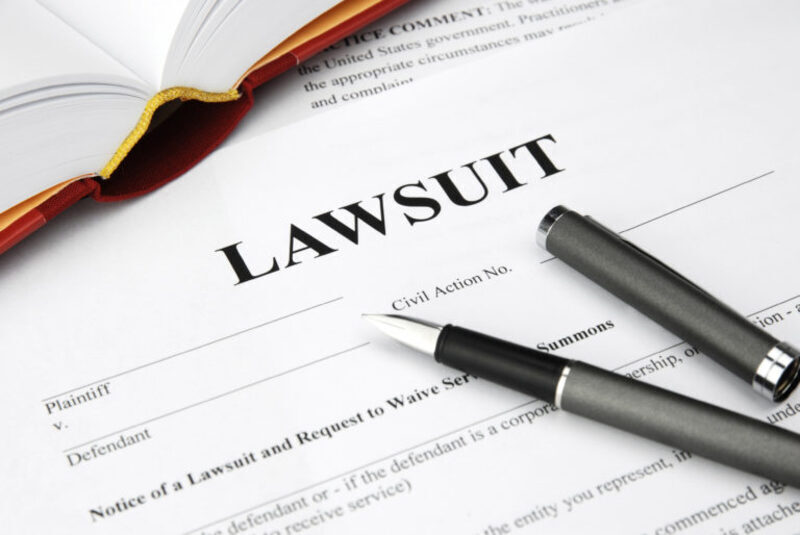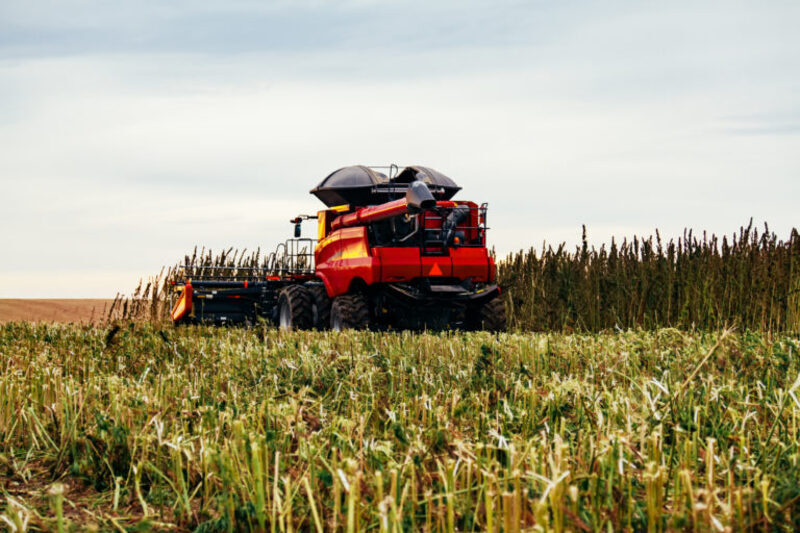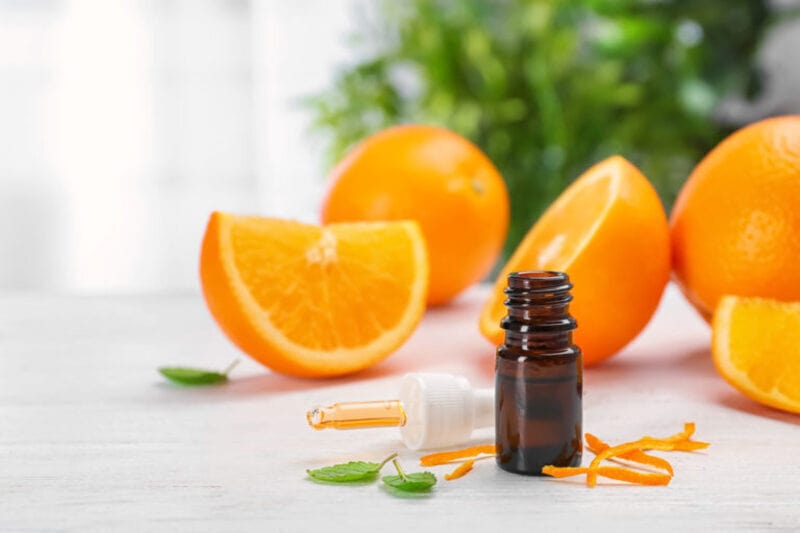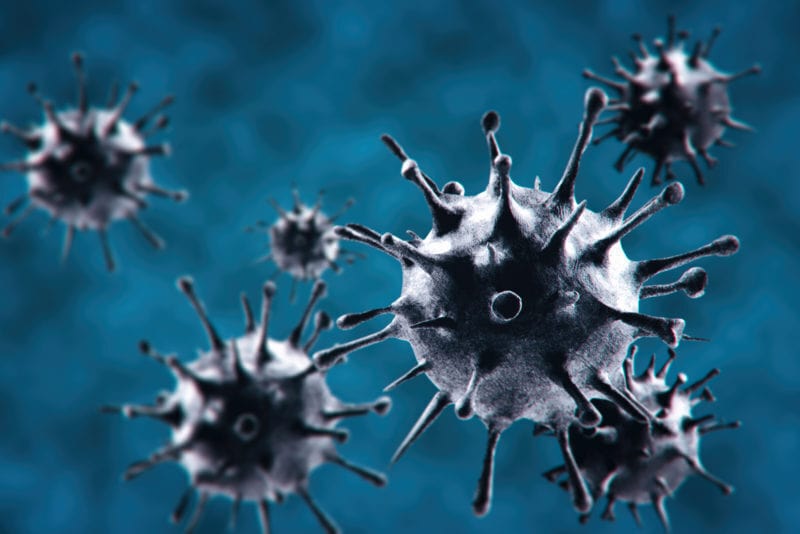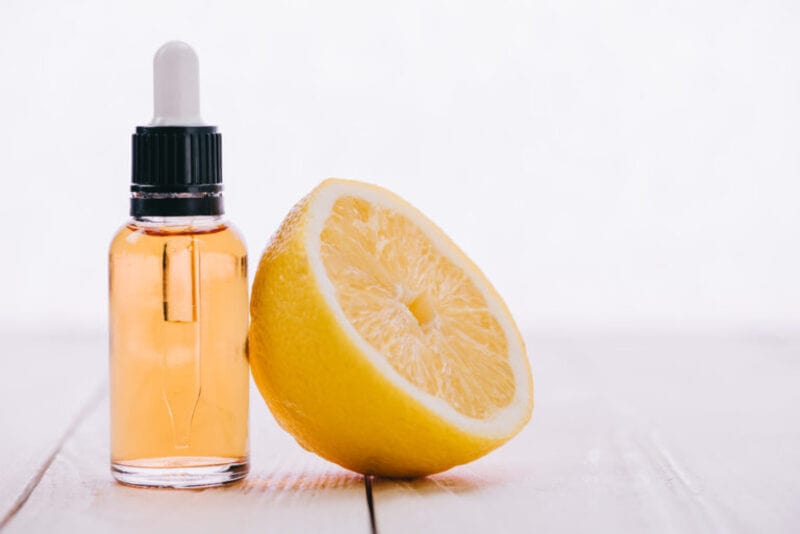-
- Market Research
- |
- CBD Near Me
- |
- Giveaways
- |
- Newsletter
- |
- Contact
- |
- Advertise
- |
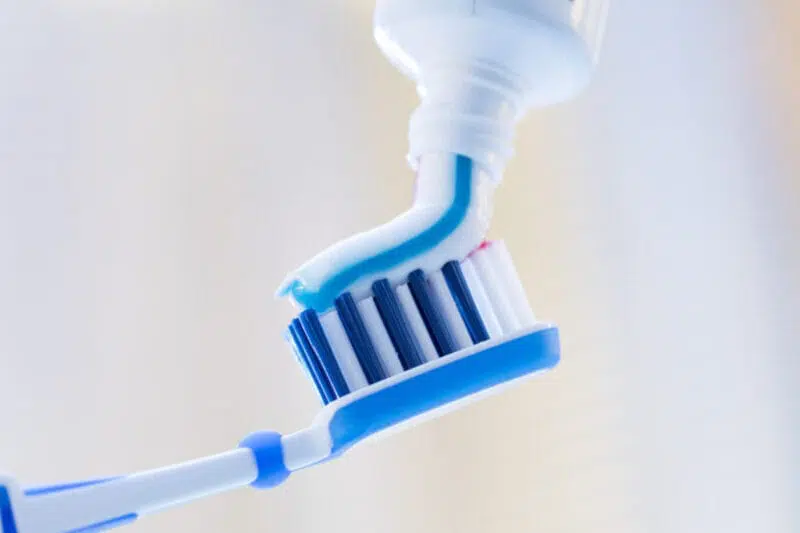
Table of Contents
Here’s the latest CBD news:
- The Colgate brand “Hello” has launched a line of CBD products.
- The USDA released a report analyzing the hemp industry and its economic challenges, while also approving hemp plans for two more states.
CBD News Stories
- Colgate Brand ‘Hello’ Launches Line of CBD Products
- USDA Releases Report on Economic Viability of Hemp Industry, Approves More State Hemp Plans
Colgate Brand ‘Hello’ Launches Line of CBD Products
The Hello brand, recently acquired by Colgate, has launched a line of CBD oral care products.
The launch includes items like lip balms, mouthwash, and toothpaste that are exclusively available at Ulta Beauty.
“At hello we are proud to thoughtfully source innovative ingredients that our brushers seek, and deliver them in ways that continue to surprise and delight,” said Craig Dubitsky, founder of Hello Products, in a press release about the launch. “It’s an incredibly exciting time for hello, and this new collection is a really fun and engaging way to expand our product portfolio.”
Hello first entered the hemp industry not long ago in October 2019.
The company released several products infused with hemp seed oil, including flossing products, fluoride and fluoride-free toothpaste, and mouthwash.
Colgate agreed to acquire Hello Products, LLC, in January 2020.
“We have great respect for the Hello team and their impressive product line, and value the strong connection they have made with younger consumers,” said Colgate President and CEO Noel Wallace about the acquisition. “With its distinct on-trend positioning, Hello is a terrific complement to our Colgate and Tom’s of Maine brands and we look forward to supporting its continued growth and success.”
USDA Releases Report on Economic Viability of Hemp Industry, Approves More State Hemp Plans
The USDA has released a report reviewing state pilot programs and the economic viability of the hemp industry.
Overall, the study found that hemp production has increased dramatically throughout the life of the pilot programs, from zero acres in 2013 to over 90,000 acres in 2018.
In 2019, 146,065 acres of hemp were reported as planted to the USDA, the most in the US since 146,200 acres were planted in 1943.
However, the report also identified four main challenges the programs have experienced along the way.
The first is “establishing State legislation that allowed hemp to be grown or cultivated.”
Currently, hemp can be grown in all states except Idaho, Mississippi, and South Dakota.
Although, a bill to legalize hemp production is currently moving through The Mount Rushmore State’s legislative body.
A second challenge is the ability of states to acquire the necessary resources to grow hemp, such as seeds, insecticides, and herbicides.
Third, the patchwork of state pilot programs has led to several inconsistencies around the nation.
One such inconsistency—the fourth challenge—is the “lack of basic data and information for decision-making.”
“For example, some States report hemp data by intended end use (i.e., grain, fiber, cannabidiol (CBD) or other extracts) while others do not report data,” the study says.
“There is some demand for hemp as a sustainable natural fiber, hemp seeds and protein as a food ingredient, and hemp extracts for cosmetics and food, but CBD oil has been the primary source of demand growth.”
The study also reports that four main factors will determine the long-term economic viability of hemp.
First, hemp will have to compete with other crops for acreage.
The report notes that “even if barriers to entry are low, growers are not likely to plant or process hemp if more profitable options exist.”
Second, the US will have to compete with other nations selling hemp and hemp products.
Many nations have a jump on the US since hemp has already been legal in other parts of the world.
However, the recent US-China trade deal has China importing more US-grown hemp than usual for the next two years.
The last two factors are “market information and transparency, and the regulatory environment.”
The current regulatory environment stands to change as the USDA uses the 2020 growing season under its Interim Final Rule (IFR) for hemp to determine any policy changes it may make for its Final Rule.
One aspect of the IFR the USDA says it will not change is the THC negligence level, which can only be addressed by Congress.
Currently, eight states have had their state hemp plans approved by the USDA after the agency greenlighted Washington and Wyoming this week.
States with an approved plan now include: Delaware, Louisiana, Nebraska, New Jersey, Ohio Texas, Washington, and Wyoming.


